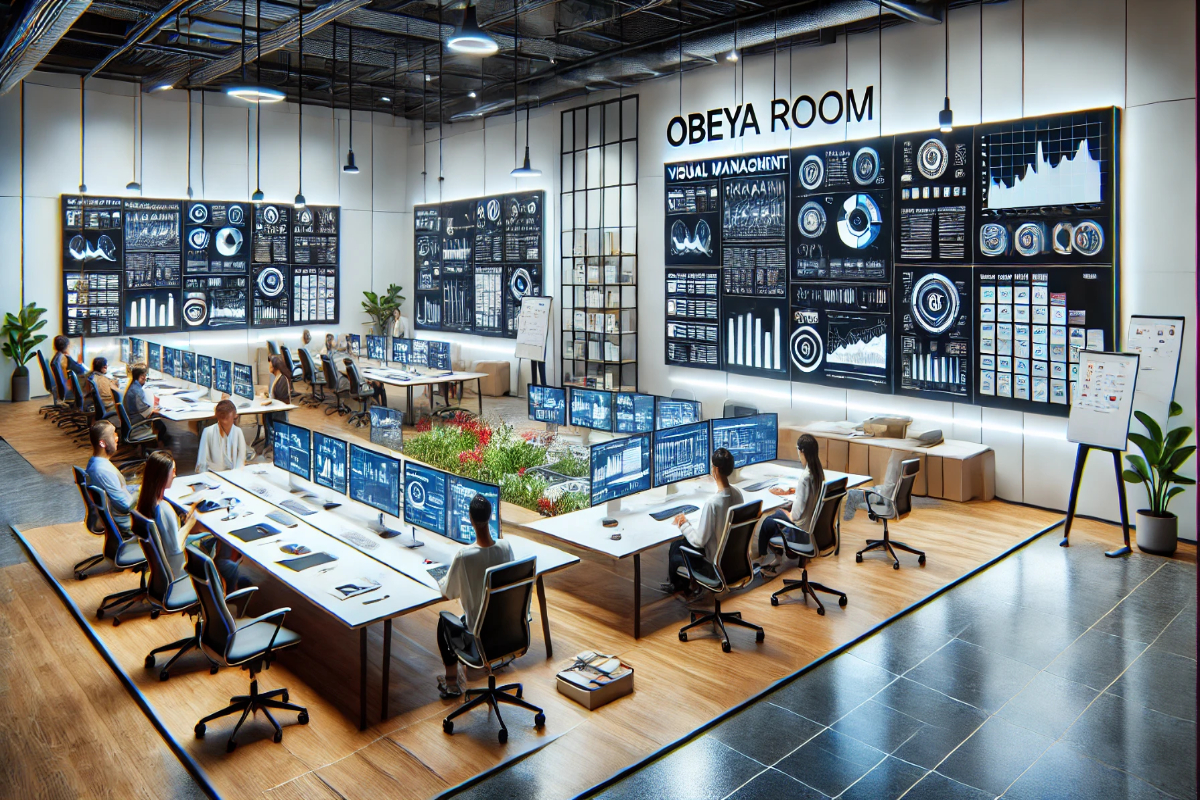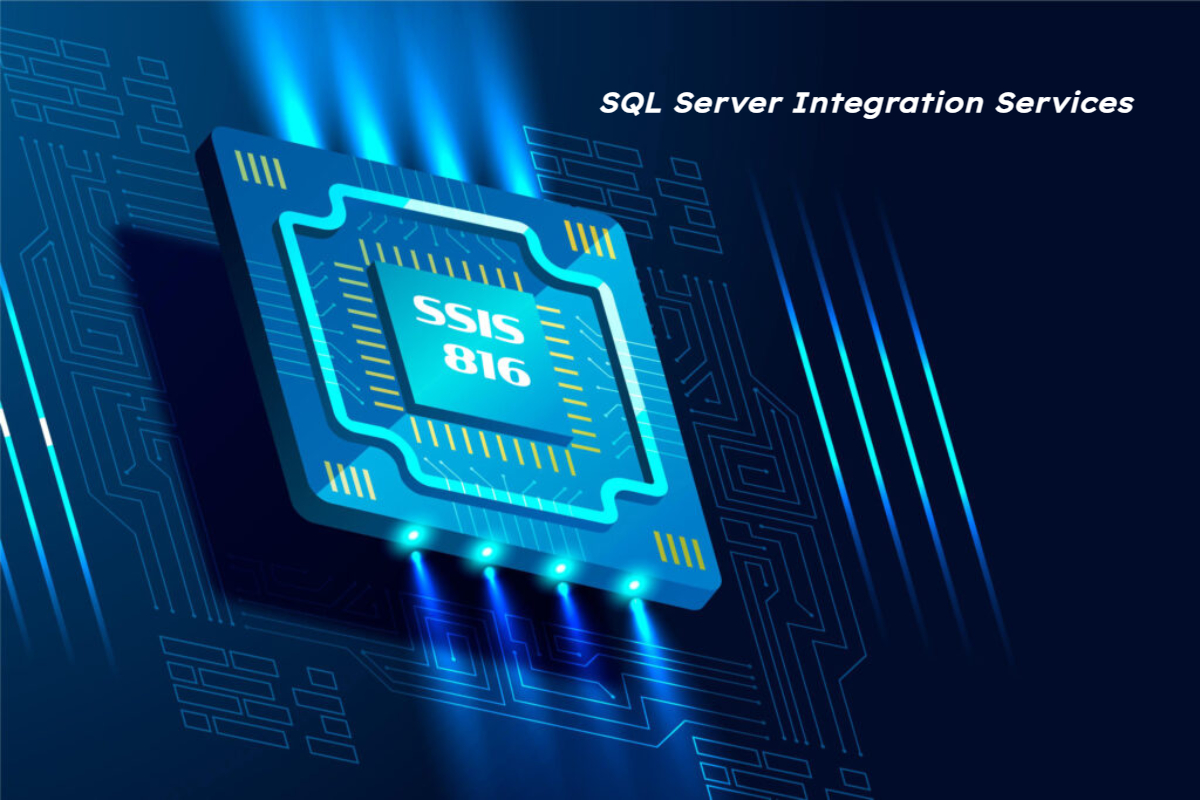Photo ID verification has provided a reliable and accurate method of verifying user identity that is both widely applicable and easy to carry out, especially considering many authentication processes nowadays happen remotely from people sitting at home, or otherwise in places away from banks and company offices.
With the number of applications, especially finance-related ones, like mobile wallets, that require some form of authentication growing day by day, this form of verification provides a secure and reliable way to make sure that regulations and KYC procedures are followed.
Also Read: Knowing OUHVOD: An All-Inclusive Guide
What is Photo ID Verification?
In a photo verification system, the identity of an individual is determined and confirmed by the process of comparing their photograph with some form of official identity document, usually either a driver’s license or a government-issued passport or ID card.
This kind of process is applied not just in digital platforms but is also quite common for in-person identity verification and confirmation. In many places like offices, bars, and casinos, security will ask for ID and then compare the image on it against the face of the provider.
On digital platforms, the system works on a dual mechanism. On the one hand, the system uses advanced algorithms to compare whether the person in the photo is the same as the one on the ID card. But at the same time, the system often also runs the information on the ID document through some identification database to validate and confirm its authenticity in the first place. So, it works as quite an effective mechanism for identifying individuals that require relatively little extra hardware than a simple phone camera.
How does it Work?
A photo id verification system employs the modern innovation that is artificial intelligence to be able to identify and detect faces in a photo accurately. It relies on deep learning processes to help the system understand what faces look like so that it is not just able to find them in a photo but to compare two photos against one another.
1) Image Capture
First and foremost, the user must take a clear selfie photograph of themselves, as well as of their identification document. Some systems require both to be in a single photo, while others require them separately (in rare cases, individually and together).
All systems require the photos to be high quality and bright enough for the information in the card to be easily legible so that the system does not have problems capturing it.
2) Computer Vision
Once the input has been provided, the system will use advanced algorithms to detect facial features using advanced facial recognition technology.
This process usually involves first detecting facial landmarks like eyes, nose, and mouth, and then creating a digital representation of them that the computer can read as numerical data. The same is done for the image in the ID document.
The information in the document itself is also captured and read by the system. It is at this point usually that the software will run the document’s details through a database to see if the record is authentic and accurate. Failing such a process might result in a rejection at the least, and might even lead to the authorities being alerted in some cases.
3) Facial Comparison
At this point, the facial recognition software of the system will compare the digital representation of the face in the image with the one in the ID document. The landmarks previously recorded are cross-checked to see if there are any discrepancies. Modern advancements mean the margin of error in these situations is usually very low.
4) Output
If the two faces match, and the ID details are verified successfully, then the system verifies the user. In case of any discrepancies, the system might send the details for manual review, or just reject the user immediately.
Creating Trust in Customers
Beyond the obvious benefits of added security in often sensitive systems, a major benefit of online photo verification is that it helps to create credibility and trust in the mind of the company user. Suppose a company is making sure that such serious authentication measures are being done before someone is allowed to access their system. In that case, a customer can be assured that their important information’s protection is being taken seriously.
At the same time, visual confirmation of the customer adds trust in the business as well that they are not at risk of any form of illicit activity or fraud from the user’s end. This helps to create a more secure environment in which both parties can engage with each other comfortably and securely.
Conclusion
With the increasingly large number of financial applications and processes being done on mobile phones, photo identity verification has emerged as an ideal solution that is reliable, easy to use and implement, and highly accurate as well.




